Racist Artefacts: Division Unveiled
written by art historian & curator
Discrimination, bigotry, and racial separation mark the dark chapters of human history. Manifestations of racism have often been reflected in artefacts and images that perpetuated divisions between different ethnic groups. Examining the artefacts is crucial in understanding the depth of racial divisions that existed in the past. Today we know that some societies were separated by opposing categories. The expression “Us vs. Them” must be seen as a mindset that often involves the idea of one’s own group (“Us”) being superior while viewing other groups (“Them”) as different or threatening. It’s a cognitive and emotional framework that can lead to discrimination and conflict between different groups based on factors such as race, ethnicity, nationality, religion, or other distinguishing characteristics.
Videos exploring ‘identity’:
Throughout history, various artefacts and images have played a role in promoting the “Us vs. Them” ideology, reinforcing racial divisions and hierarchies. By confronting these painful aspects of history, we can actively work towards a more inclusive and equitable future. Addressing and challenging the “Us vs. Them” mentality is a fundamental step for promoting understanding and empathy among diverse societies.
Understanding the Impact
Racial artefacts and images of separation have had a significant impact on societies. They not only reflect historical inequalities but also contribute to shaping contemporary attitudes and structures. There are some key points to consider to fully understand the impact of racial artefacts.
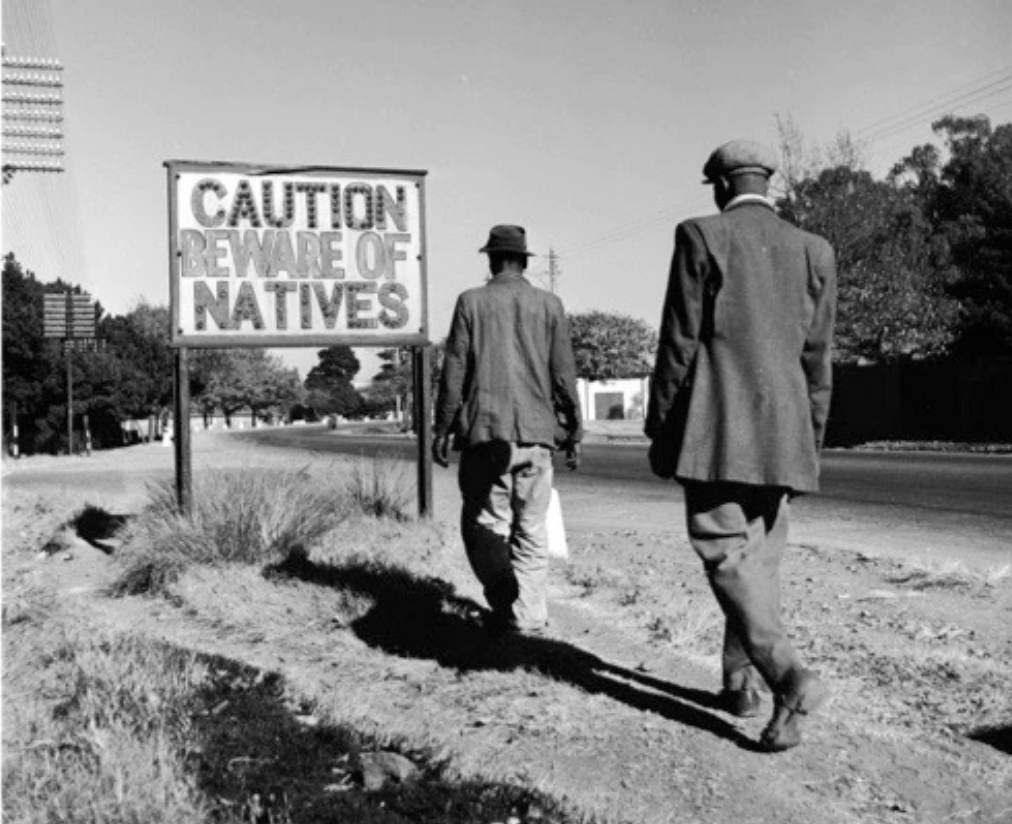
Perpetuation of Stereotypes and Prejudices
Racial artefacts and images often rely on stereotypes to convey their messages. These stereotypes simplify complex identities and cultures, reducing them to a narrow set of characteristics. Over time, exposure to such artefacts can lead to the internalisation of these stereotypes, contributing to the reinforcement of biased attitudes and prejudiced beliefs.
Normalisation of Discrimination
By depicting racial segregation and division as commonplace, the artefacts normalise discriminatory practices. They send a message that such divisions are acceptable and even expected, which can shape societal norms and perpetuate systems of inequality.
Inter-generational Trauma
The impact of racial artefacts can extend across generations. Communities that have historically been targeted by such relics may carry the trauma of their ancestors, leading to a lasting sense of exclusion and injustice. This trauma can affect mental health, self-esteem, and social relationships, perpetuating a cycle of suffering.
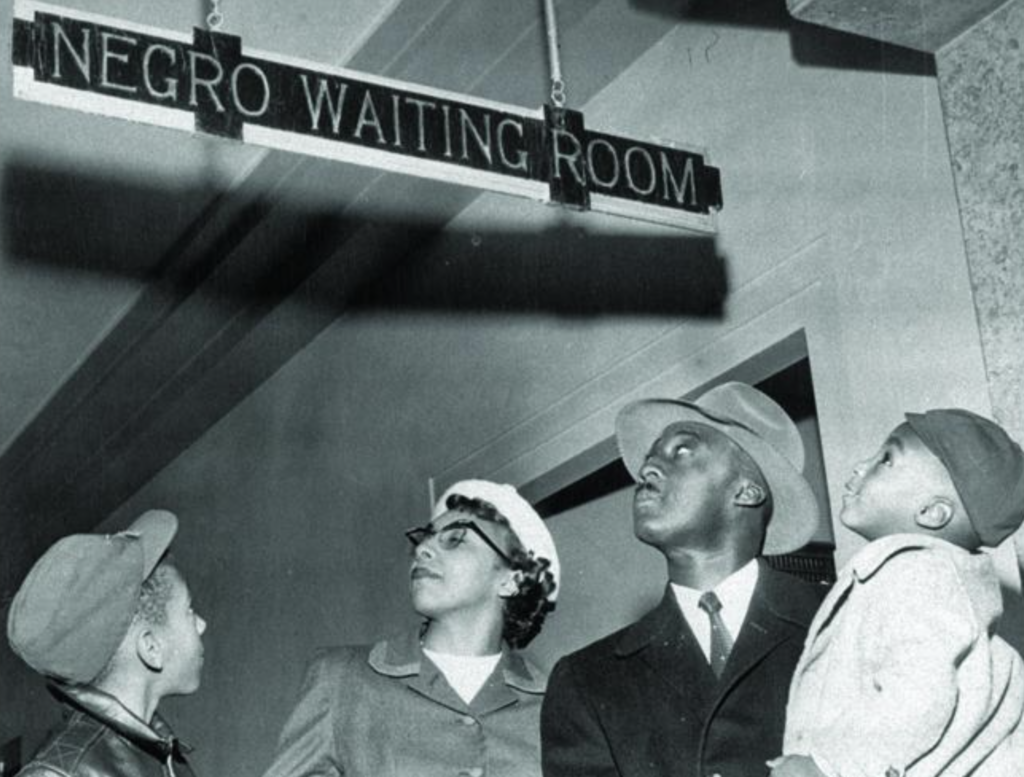
Barriers to Social Progress
When racial artefacts are not critically examined, they hinder social progress. They create a distorted historical narrative that downplays the impact of discrimination and racism, making it difficult to address systemic issues. This can impede efforts to create policies and initiatives that promote equity and inclusion.
Limitation of Empathy and Understanding
Racial relics can contribute to a lack of empathy and understanding between different racial groups. They create an “Othering” effect, making it challenging for individuals to relate to those from different backgrounds. This lack of empathy can lead to social polarisation and hinder efforts to build bridges between communities.
Considering the main points from above, one can understand how images of separation have far-reaching impacts and how they shape societal norms. The perpetuation of stereotypes and reinforcement of power dynamics hinder social progress and contribute to intergenerational trauma. However, by recognising the harm they cause and actively working to counteract their effects, societies can move towards a more just future.
Racist Artefacts and Images of Segregation Across the World
The Jim Crow era in the United States, spanning from the late 19th to mid-20th century, remains a stark reminder of the deeply entrenched racial segregation that scarred American society. One of the most potent and enduring symbols of this era is the segregation signs that designated separate facilities for “Whites” and “Coloreds.” These signs, which were widespread across the Southern states, encapsulated the systemic racism, inequality, and dehumanization that defined this dark period of American history. The term “Jim Crow” originated from a minstrel show character that perpetuated derogatory stereotypes of African Americans. However, it evolved to represent a system of legalised segregation that permeated every aspect of public life, from education to transportation, restrooms to restaurants.
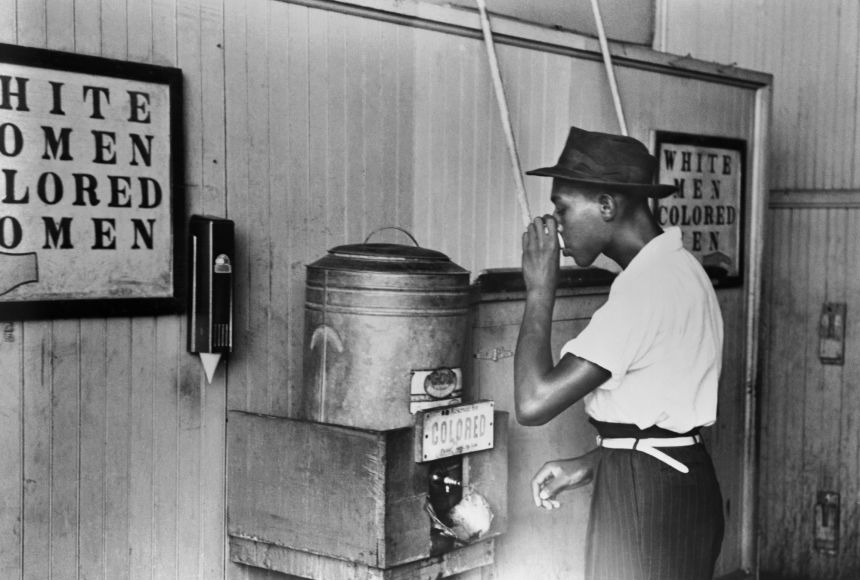
These segregation signs were not mere symbols; they were tangible manifestations of laws and policies that relegated Black individuals to inferior treatment and substandard facilities. Boldly declaring “Whites Only” or “Colored,” these signs dictated where individuals could eat, drink, sit, and interact. Being forced to use separate entrances, drink from separate water fountains, and sit in the back of buses all reinforced the message that they were second-class citizens. These signs inflicted psychological wounds that transcended their physical implications, leaving a lasting impact on the collective memory of African Americans.
The Civil Rights Movement of the 1950s and 1960s was fueled by the determination to dismantle these symbols of inequality. Activists like Rosa Parks, Martin Luther King Jr., and countless others challenged the legitimacy of segregation signs, leading to landmark legal victories and significant social change.
The Apartheid regime in South Africa, which spanned from 1948 to 1994, stands as one of the most notorious examples of state-sanctioned racial segregation and oppression. Central to this system of discrimination were the infamous Apartheid passbooks, documents that served as tools of control and surveillance, profoundly impacting the lives of Black individuals. Apartheid passbooks were official documents issued to Black South Africans, particularly those who were not residing in their designated “homelands.” These passbooks contained personal information, including the individual’s photograph, fingerprint, place of origin, and details of employment. The passbooks were meant to be carried at all times, essentially reducing one’s identity to a single, easily scrutinised document. One of the most insidious aspects of Apartheid passbooks was their role in restricting the movement of Black individuals. The passbooks specified where a person was allowed to live, work, or travel. Moving outside the designated areas without the proper authorisation resulted in arrests, fines, and even forced removals. This system forcibly separated families, perpetuating a cycle of instability and disruption.
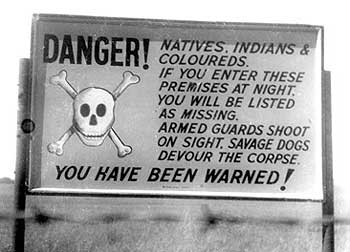
Colonial-era caricatures stand as enduring reflections of the power dynamics and prejudices that defined the interactions between colonisers and indigenous populations during the era of European imperialism. These caricatures, often created by colonisers, depicted indigenous peoples through a lens of mockery, ignorance, and superiority.
Through exaggerated features and demeaning portrayals, these caricatures sought to dehumanize and belittle colonized populations, reinforcing the notion of European dominance and cultural superiority. Such imagery was used to justify colonization and exploitation, painting indigenous communities as primitive and in need of European guidance.
Segregation signs of the Jim Crow along with Apartheid passbooks or colonial caricatures remain potent symbols of the systemic racism that plagued modern society for decades. These images physically embodied the division between racial groups, perpetuating inequality and dehumanization. The legacy of these signs serves as a stark reminder of the enduring struggle for racial equality and the importance of confronting the past to build an inclusive future. Recognising the shared humanity and common goals that transcend these divisions is essential for building more harmonious societies.
Museums and Racial Artefacts
Around the world, there are several museums and cultural institutions dedicated to the preservation and exhibition of racial artefacts and materials related to the history of racism. These museums serve as important educational resources and places for reflection on the historical and ongoing impact of racial injustice.
The National Museum of African American History and Culture (NMAAHC), situated in Washington, D.C., stands as a beacon of cultural and historical significance. Established in 2016 as a Smithsonian Museum, it is a profound testament to the African-American experience in the United States. The NMAAHC’s stunning architecture and thoughtfully curated exhibits offer a compelling journey through the struggles, achievements, and contributions of African Americans. It delves into pivotal moments like slavery, the Civil Rights Movement, and contemporary issues, fostering a deep understanding of the nation’s complex racial history. It stands as a place of education, reflection, and celebration of African-American culture, resilience, and triumphs.
The International Slavery Museum is situated in Liverpool, Great Britain, as a museum that explores the history of the transatlantic slave trade, the impact of slavery on African and Caribbean cultures, and contemporary issues of racism and discrimination.
The Apartheid Museum from South Africa is located in Johannesburg and was completed in 2001. This museum provides a comprehensive look at the history of apartheid in South Africa, using artefacts, photographs, and multimedia displays to tell the story of racial segregation and the struggle for freedom.
The Jim Crow Museum of Racist Memorabilia is housed by Ferris State University in Michigan, U.S.A. The collection is dedicated to the examination of racist memorabilia from the Jim Crow era. It aims to promote understanding of the history of racism in the United States.
The crucial role of these museums is connected to raising awareness about the history of racial discrimination, promoting dialogue, and encouraging reflection on the legacies of racism and segregation. They provide valuable resources for education and engagement with issues of racial justice and equality. Acknowledging the harm caused by these artefacts serves as a call to action to address systemic inequalities and create societies that value unity and diversity.

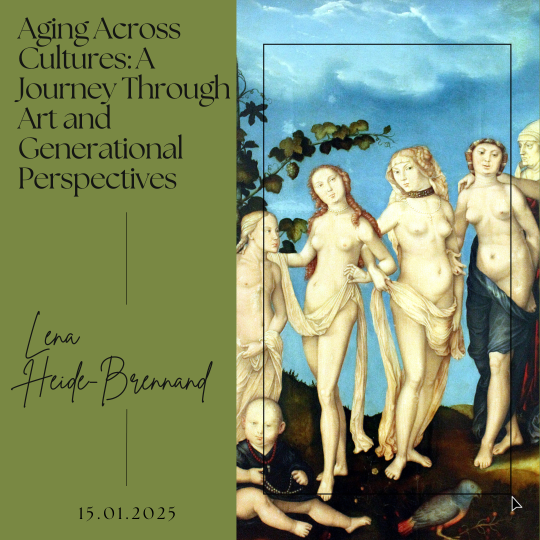
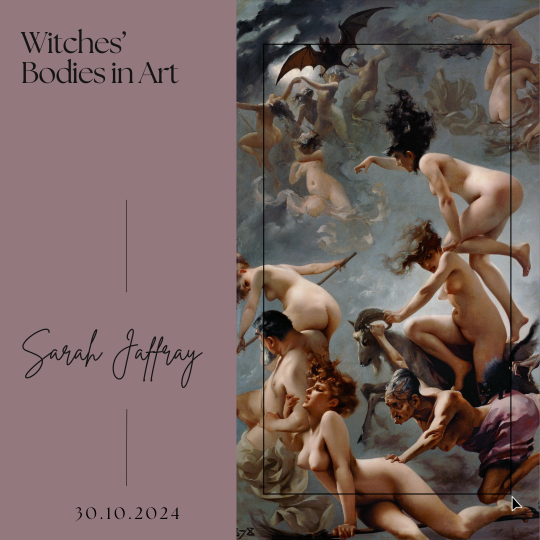
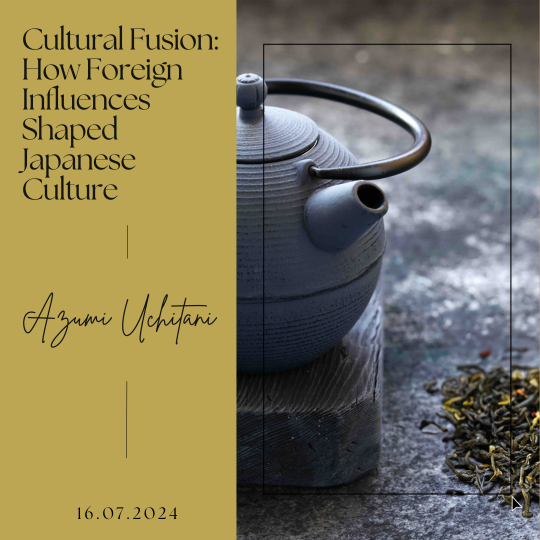

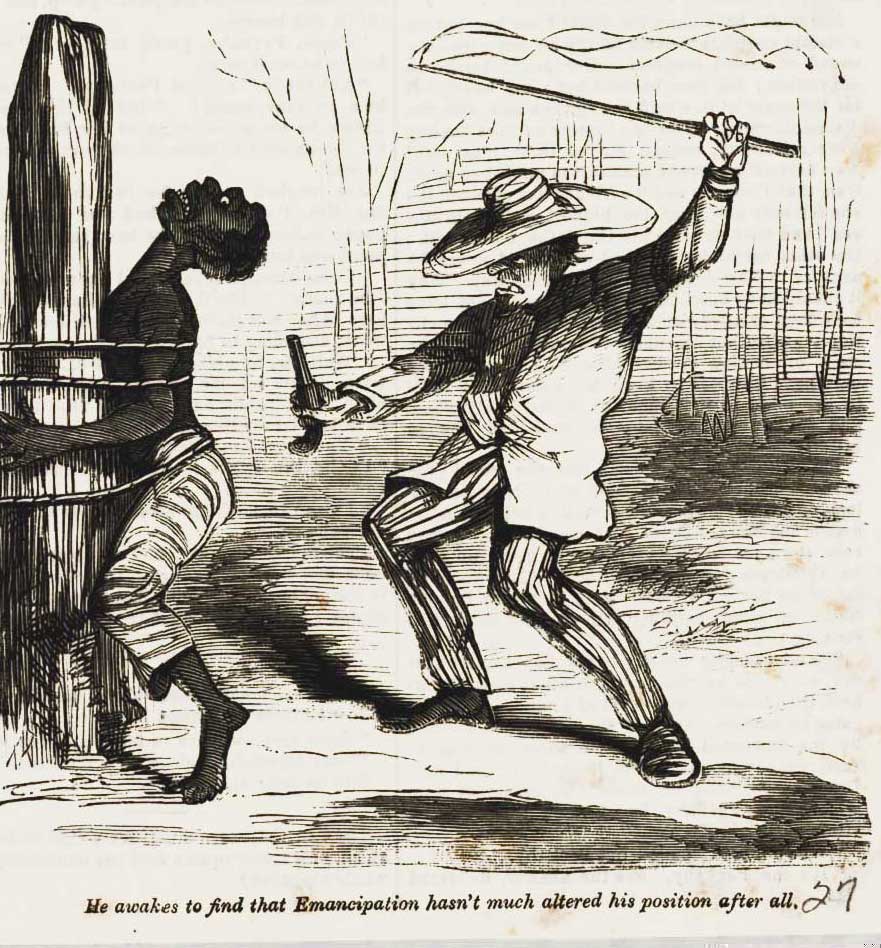
Leave a Reply